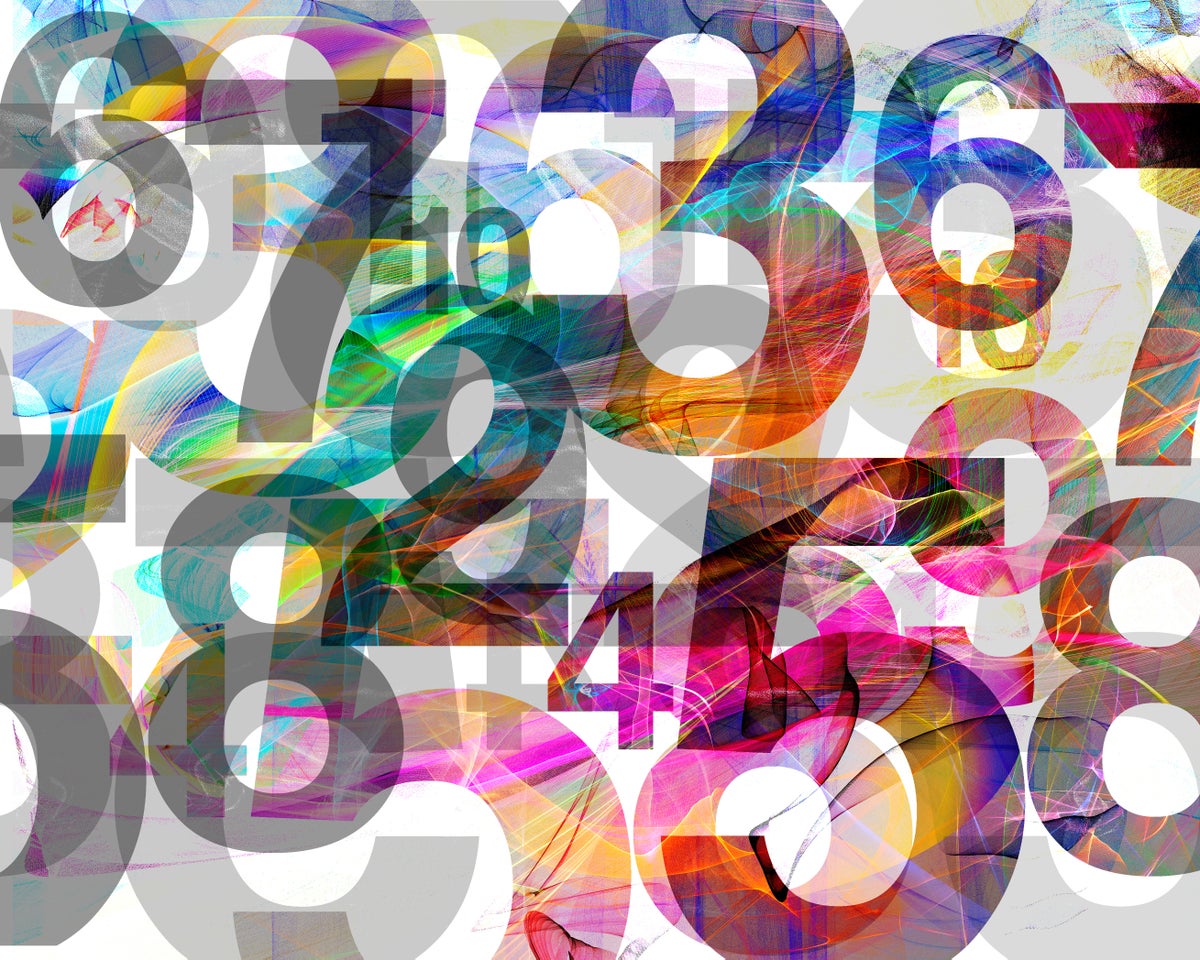
These Are the Most Bizarre Numbers in the Universe
Most real numbers are unknown—even to mathematicians

Well! She boobed on her definition of the Rational Numbers!
These Are the Most Bizarre Numbers in the Universe
Most real numbers are unknown—even to mathematicianswww.scientificamerican.com
I think the definition is ok. The "include" part is a bit awkward:Well! She boobed on her definition of the Rational Numbers!
She gave only Integer examples, omitting the likes of: ¼ ½ ¾ ⅓ ⅔ ⅛ ⅜ ⅝ ⅞ etc. and then said that: "The rest of the numbers on the number line are irrational numbers." ?
Otherwise an interesting read but for the most part doesn't it just tell us what most of us already knew and then goes on to consider the nature of Infinity (∞)?
But when she said: "The rest..." that surely implies that although B & C are in A, D (specifically) isn't. ?I think the definition is ok. The "include" part is a bit awkward:
"The rational numbers (that is, numbers that can be written as the fraction p⁄q, where p and q are integers) include the natural numbers (0, 1, 2, 3,...) and the integers (..., –2, –1, 0, 1, 2,...)."
If A includes B, C, D, technically, it's not a mistake to say A includes B and C. Can't argue with that!
Your grammar is lacking. Here's what the article says:But when she said: "The rest..." that surely implies that although B & C are in A, D (specifically) isn't. ?
The real numbers are made up of the rational and irrational numbers. The rational numbers (that is, numbers that can be written as the fraction p⁄q, where p and q are integers) include the natural numbers (0, 1, 2, 3,...) and the integers (..., –2, –1, 0, 1, 2,...). The rest of the numbers on the number line are irrational numbers.
The real numbers are made up of the rational and irrational numbers.
The rational numbers......written as the fraction p⁄q......
I think she wrote "the rest of the numbers" to mean the real numbers that are not rational.The rest of the numbers on the number line are irrational numbers.
No problem. You were more concise.Sorry for repeating Dr. Peterson's point. I just posted at the same time.
Do you mean that this gaffe was committed by somebody whose first language is English?!I suspect you are thinking that "include" means "consist of". It does not.
Same amusement is created when a theoretical mathematicians pontificate about manufacturing "more durable" pneumatic tires........I'm amused how a theoretical physicists gets to talk about bizarre numbers.
Definition: The bizarre numbers are a subset of the real numbers, such that the number is not only transcendental but also related to Dr. Seuss, such as the bizarre number that represents the average amount of time it takes for a Noothgush to chase down a boy and stand on his toothbrush, called a noothgushtoothbrush. 1 noothgushtoothbrush is approximately 1.15 seconds, or about 1.54 bofagrapeseconds.Probably many people think of an irrational number such as pi (π) or Euler’s number. And indeed, such values can be considered “wild.” After all, their decimal representation is infinite, with no digits ever repeating.
I noticed the above. Aren't there just 10 digits? Pi has no digits repeating?! I of course know what the author meant to say.
I'm amused how a theoretical physicists gets to talk about bizarre numbers.
